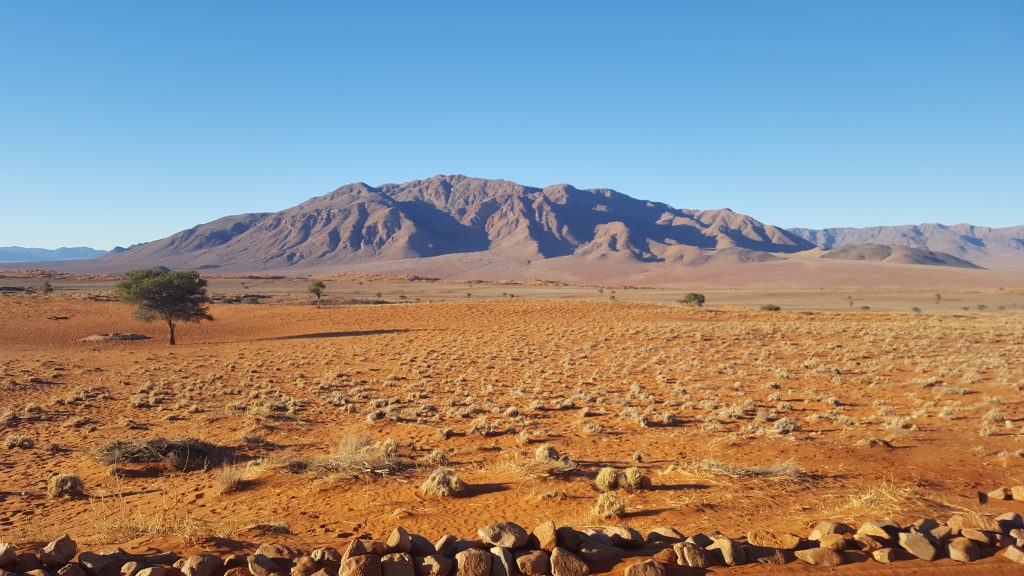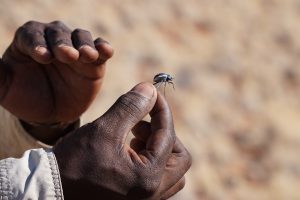Ecotourism on Another Grassland
By Katie Nieland, Center for Great Plains Studies
As part of our ongoing ecotourism work, the Center recently sent me and two of our Great Plains Graduate Fellows to Africa to see how they do ecotourism on another grassland.
We spent two weeks in Namibia to explore their varying models of ecotourism, talk to major players in conservation, and gain inspiration for our Great Plains work. We’ll post more stories on our blog, but here are some of the major ways ecotourism is impacting Namibia.
Conservationists are everywhere. Tourism is one of Namibia’s largest and still-growing industries. The people there don’t see conservation as a liberal-conservative issue; they see it as a dollars-and-cents issue. If the animals are around, people come to see them. People will travel long distances for beautiful countryside. So while there are traditional conservationists, almost everyone we talked to understands the importance of a healthy environment. It’s the country’s future.
Guides are key. A guide can paint the big picture. Many in Namibia have been to a guiding school or have been guiding around the country for years. They can jump out of a vehicle to find a lizard (and tell you exactly how it digs its hole) and they can also tell you great stories about the family who was petrified of lions. It’s this mix of knowhow and personality that creates the most memorable experiences.
Teamwork has removed fences. Landowners and communal conservancies (conservation areas on group-held land) have removed hundreds of miles of fencing between their lands. This means that animals can roam free to follow normal migration patterns or to search for food. Conservation areas have been established next to government land and national parks, allowing protected areas to bleed seamlessly from one to the other.
Tourism builds community. Communal conservancies are run by group (or tribe) members. They decide how to take care of the land and how the benefits of the land will be distributed to the community. The World Wildlife Fund’s Chris Weaver has been in Namibia since 1993 working to build the communal conservancy program. “The most important thing to me is that [this program is] giving communities the resources and voice that they’ve never had before,” Weaver said. Communities have really taken ownership of their lands and the enterprises they start on them, he said.
Namibian land is mostly privately held either by single landowners or community groups, in that way, it’s very much like the Great Plains. It’s easy to draw visual parallels, too. You could easily watch herds of kudu and oryx nibbling away on grassy Namibian dunes just as you could watch pronghorn forage on the prairie. In other ways, they’re ahead of us on the conservation side. Animal numbers are improving, more land is being set aside for conservation, and tourism is growing and becoming more profitable every day.


